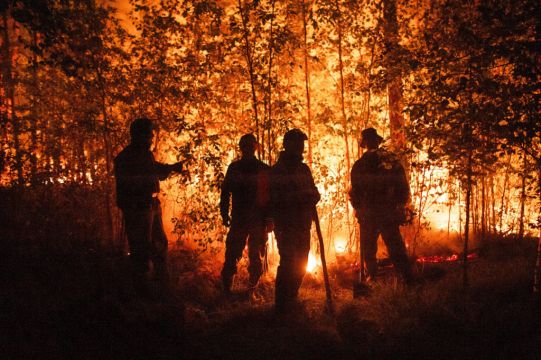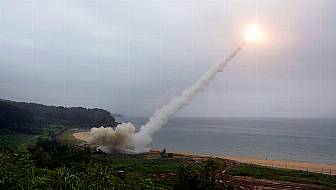A warming planet and changes to land use patterns mean more wildfires will scorch large parts of the globe in coming decades, according to a UN report.
This will mean spikes in smoke pollution and other related problems that governments are ill prepared to confront, experts said.
The report from the UN Environment Programme said the western US, northern Siberia, central India, and eastern Australia already are seeing more blazes, and the likelihood of catastrophic wildfires globally could increase more than 50% by the turn of the century.

Areas once considered safe from major fires will not be immune, including the Arctic, which the report said was “very likely to experience a significant increase in burning”.
Tropical forests in Indonesia and the southern Amazon of South America also are likely to see increased wildfires, the report concluded.
“Uncontrollable and devastating wildfires are becoming an expected part of the seasonal calendars in many parts of the world,” said Andrew Sullivan, with the Commonwealth Scientific and Industrial Research Organisation in Australia, one of the report’s authors.

But UN researchers said many nations continue to spend too much time and money fighting fires and not enough trying to prevent them.
Land use changes can make the fires worse, such as logging that leaves behind debris that can easily burn and forests that are intentionally ignited to clear land for farming, the report said.
In the United States, officials recently unveiled a 50 billion dollar (£36 billion) effort to reduce fire risks over the next decade by more aggressively thinning forests around “hot spots” where nature and neighbourhoods collide.
However, the administration of US president Joe Biden has so far identified only a fraction of the funding called for in the plan.
The UN researchers also called for more awareness of the dangers from smoke inhalation, which can affect tens of millions of people annually as plumes from major wildfires drift thousands of miles across international borders.







